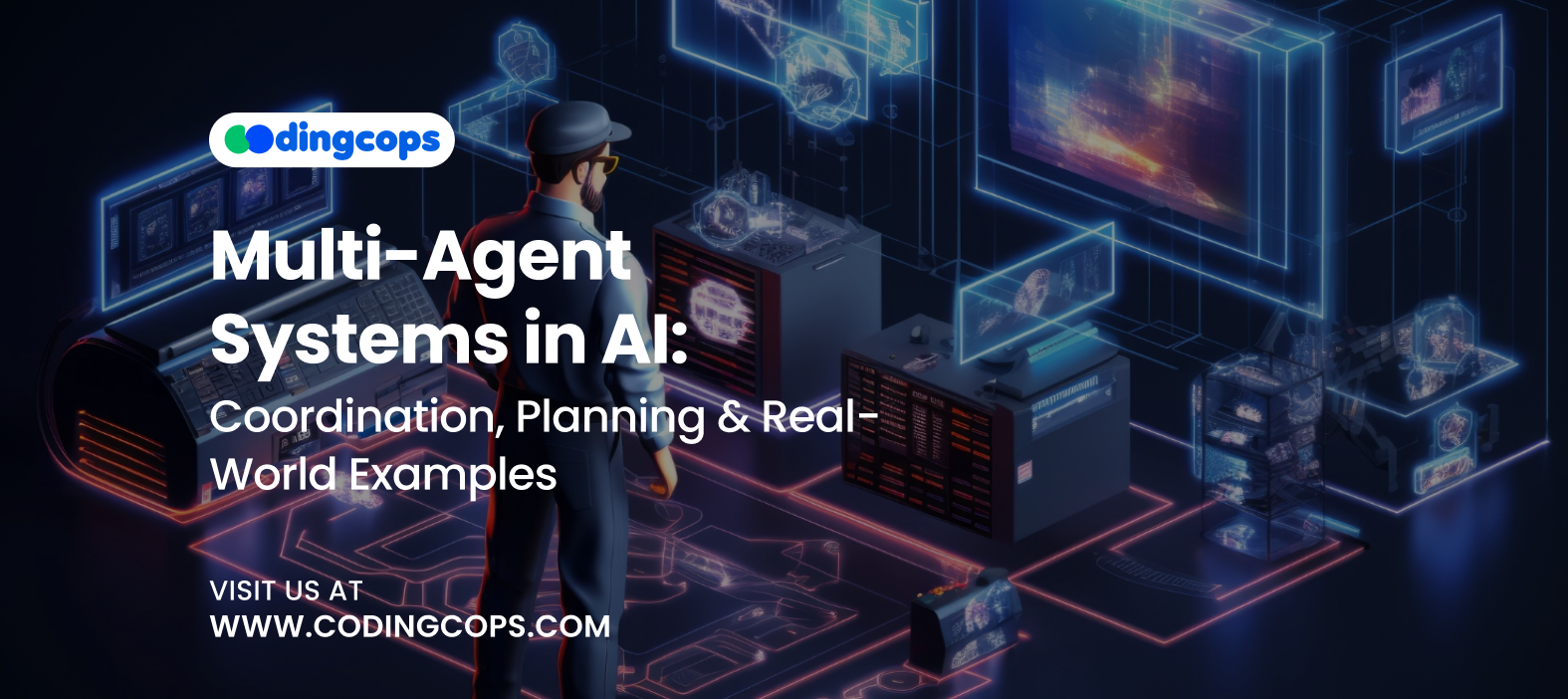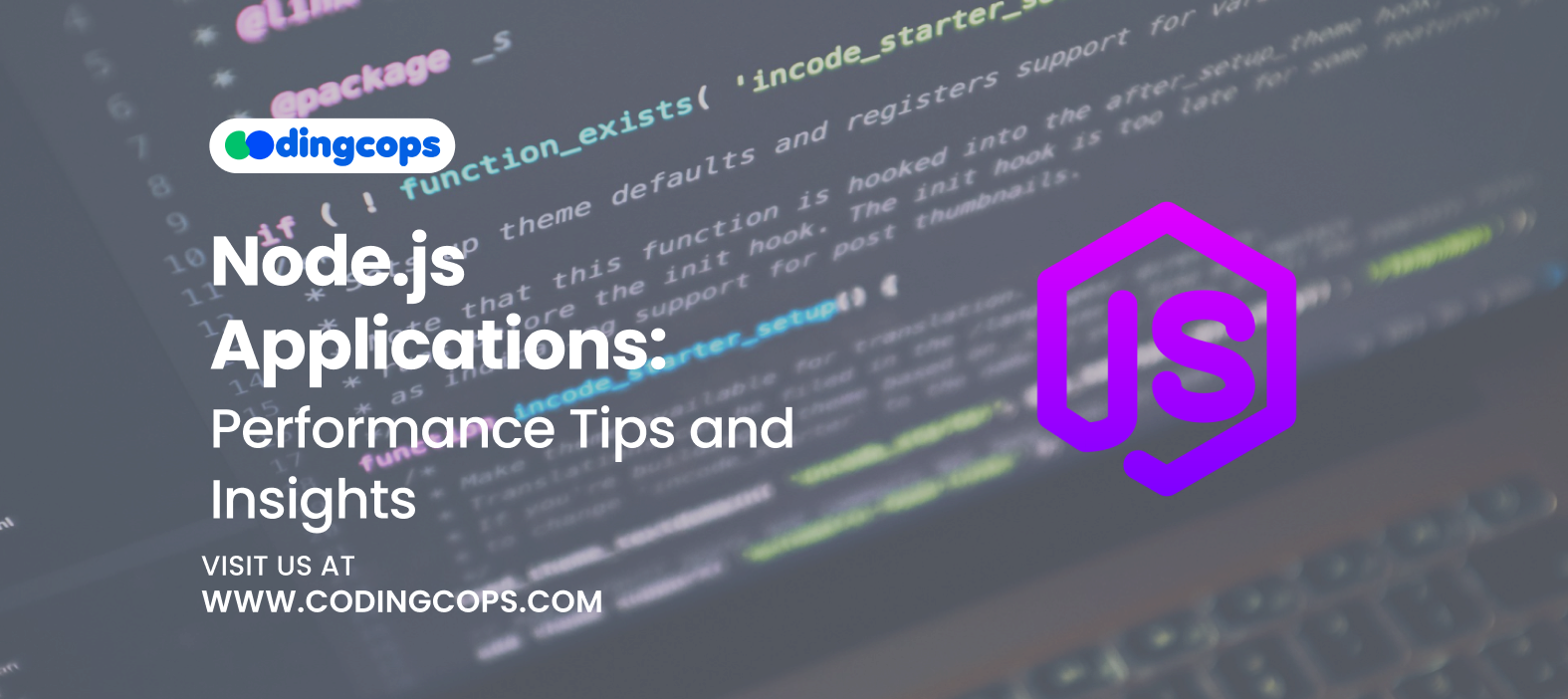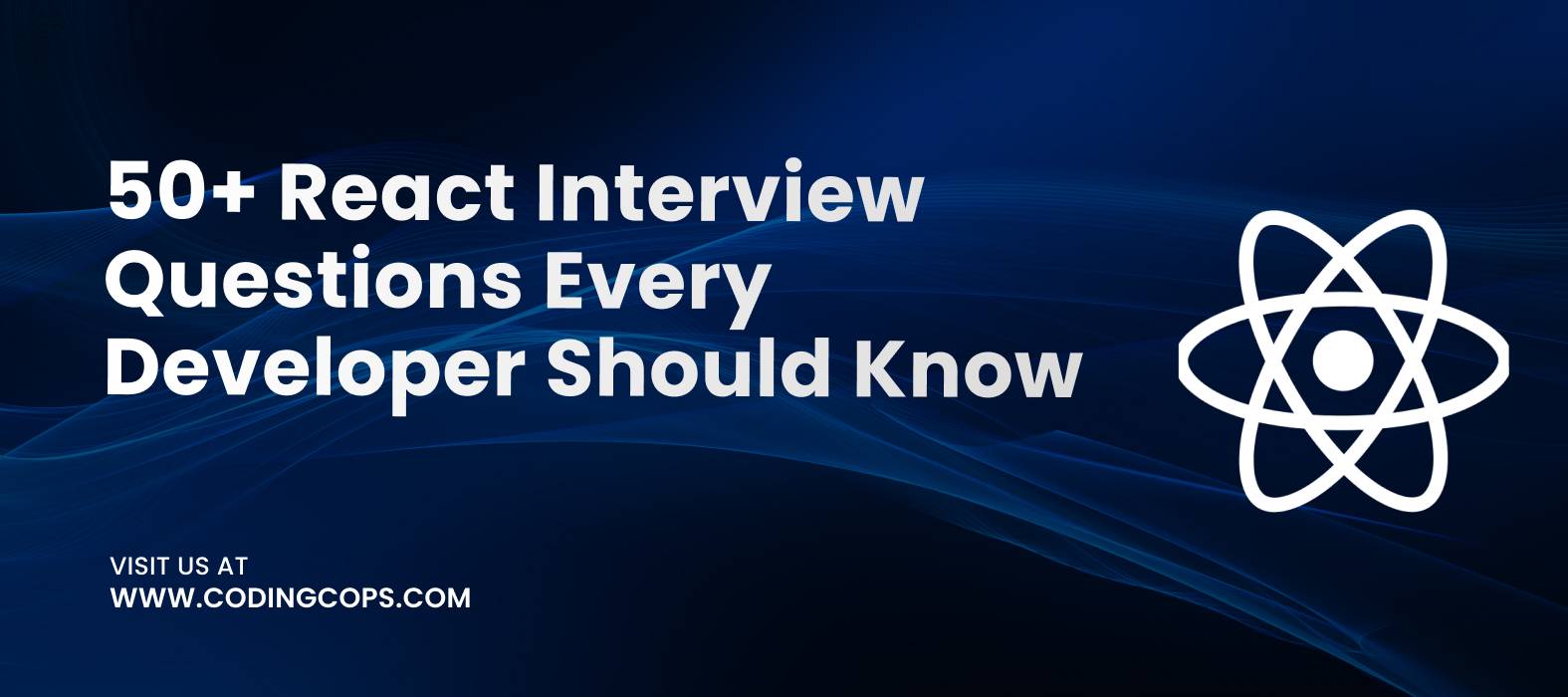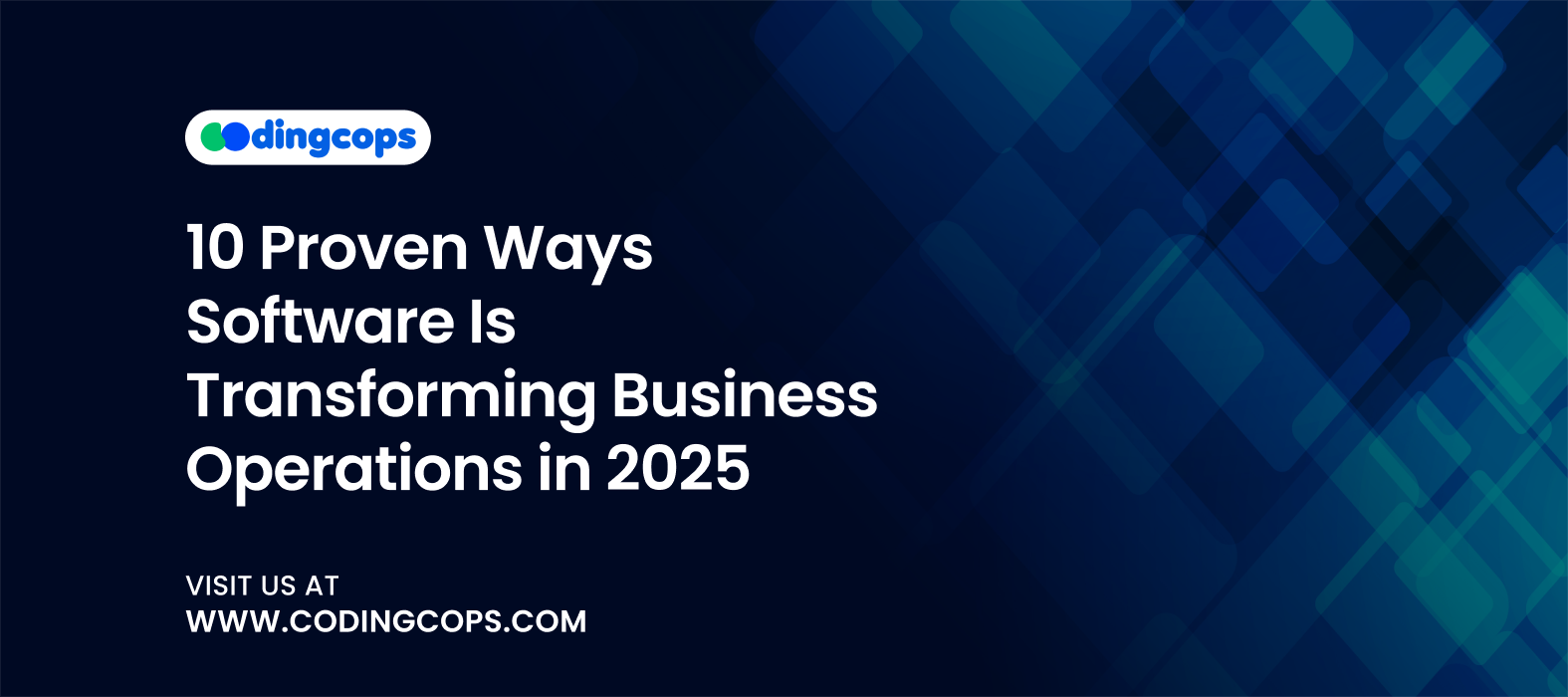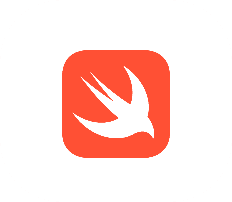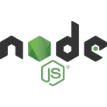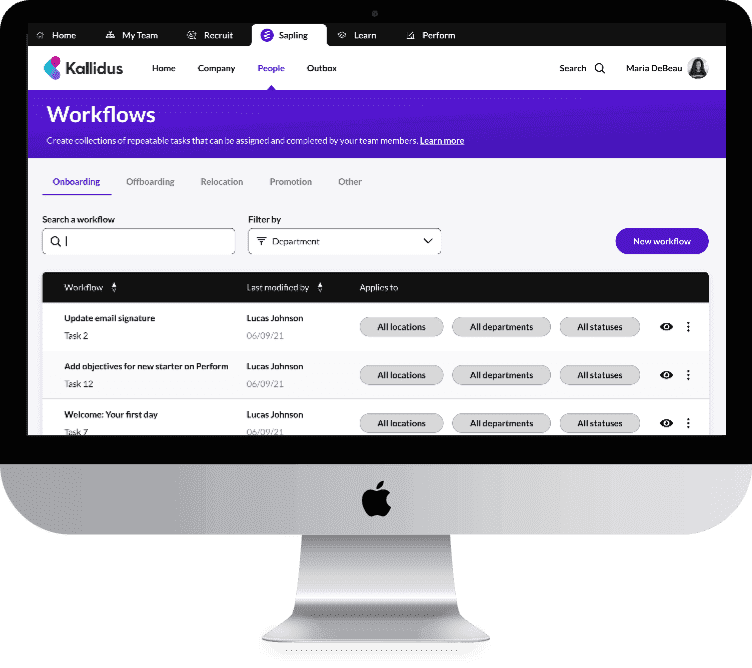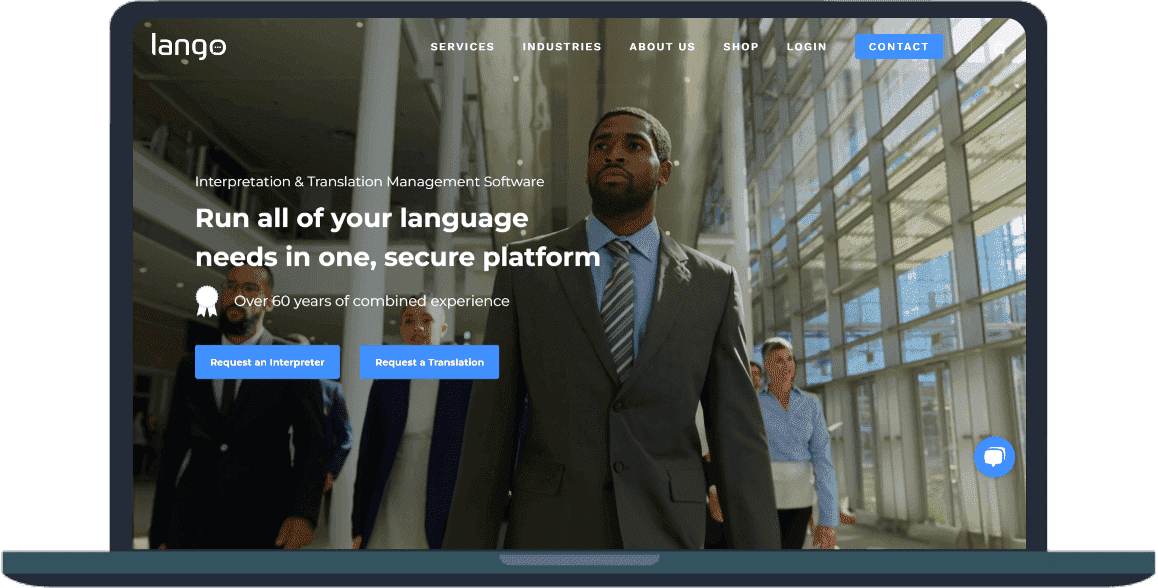According to a McKinsey survey, 78% of respondents stated that their organizations use AI for at least one business activity. This is also a result of AI’s incredible recent developments, which have altered industries and affected practically every aspect of our lives. From recommendation engines to self-driving cars, AI systems have traditionally been constructed using single agent models.
However, single agent systems often face limitations when tackling large scale or highly dynamic problems. Multi agent systems can be useful in this situation. Multi-agent systems provide scalability and reliability to complicated tasks that are inefficient for a single AI agent to do alone by enabling numerous autonomous agents to collaborate.
In this guide, we’ll discuss what multi agent systems are and explain how coordination and planning work in MAS, and examine real world applications.
What Are Multi-Agent Systems?
A group of independent entities known as agents that communicate with one another and their surroundings is known as a multi agent system. Each agent can make decisions and alter their path to achieve certain objectives. Together, these agents address problems that would be too difficult or impossible for a single system to manage.
A single agent AI focuses on optimizing decisions from one perspective. In contrast, multi agent systems involve multiple perspectives, with agents often having different goals or information. Opportunities for cooperation are created, but planning and coordination become more difficult as a result.
- Reactive Agents: Respond directly to stimuli in the environment without higher level reasoning.
- Cognitive Agents: Possess more advanced reasoning, allowing them to plan and learn from interactions.
Components of Multi-Agent Systems
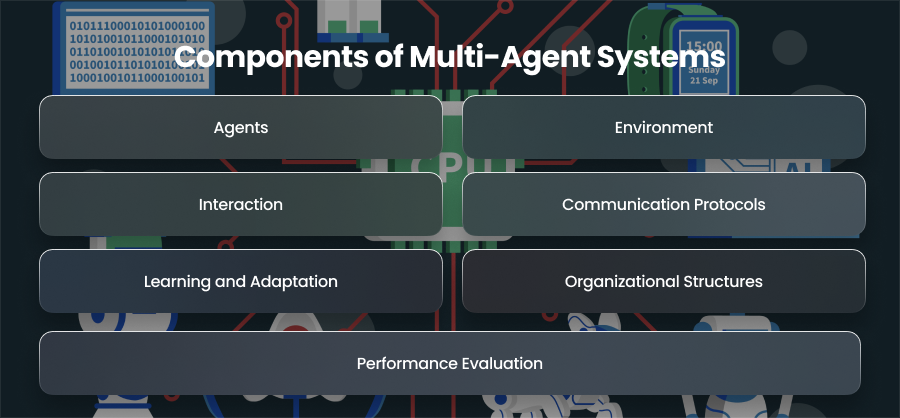
Agents
Agents are the fundamental units of a multi agent system. From basic reactive algorithms to more complex autonomous robots, they can take many different shapes. An entity is considered an agent if it can act on its own initiative and react sensibly to changes in its surroundings. A well designed AI agent doesn’t just wait for input but also demonstrates initiative and the ability to balance short term actions with long term objectives.
One agent may be in charge of price tactics, another of inventory modifications, and a third of client preferences in an eCommerce situation, for example. When combined, these self-governing agents guarantee the smooth operation of intricate processes without the need for continual human supervision.
Environment
The context in which agents function is represented by the environment, and the nature of the environment has a big impact on how agents act. In certain contexts, all agents have full access to the same information, which is known as a fully observable environment. Others are partially observable, such as traffic systems, where agents only perceive local conditions and must make decisions with incomplete data. Environments can also be static, changing only when agents act or grow on their own, regardless of agent involvement.
Interaction
Interaction is what turns a group of independent agents into a functioning system. Furthermore, it makes it possible for agents to collaborate and influence one another to resolve problems that separate entities couldn’t. Furthermore, interactions might be adversarial, as is often the case in real world scenarios, cooperative, when agents align to achieve shared objectives, or a hybrid of both.
Communication Protocols
Meaningful interaction between agents depends on effective communication. Protocols for communication specify how agents share information and coordinate their perceptions of their surroundings. Messages can be sent directly, or a shared environment can be influenced indirectly. Standardized agent communication languages help ensure that agents interpret messages consistently, reducing misunderstandings.
Learning and Adaptation
When agents can learn and adapt, multi-agent systems perform better. Agents adjust their tactics over time by evaluating results and forecasting future events rather than adhering to rigid guidelines. Agents are able to learn by making mistakes because of strategies like reinforcement learning.
Organizational Structures
When dealing with large numbers of agents, organizational structures provide a way to maintain order and efficiency. These structures determine how authority and responsibility are distributed among agents. Furthermore, in order to maintain stability, hierarchical systems need supervisory agents to manage the activities of lower level agents. Peer to peer networks, on the other hand, allow players to operate as equals, and decentralized decision making drives group outcomes. By fusing elements of both, hybrid architectures allow for flexibility without sacrificing control.
Performance Evaluation
No multi agent system is complete without mechanisms for performance evaluation. This component measures how effectively agents achieve their goals and how well the system as a whole performs under different conditions. Also, performance evaluation can assess metrics such as efficiency and reliability. In a financial trading multi agent system, performance evaluation might involve monitoring how well agents maximize returns while minimizing risks.
Coordination in Multi-Agent Systems
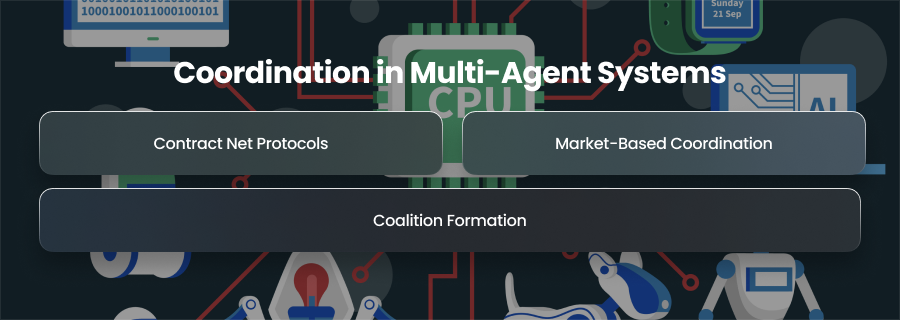
In multi agent systems, coordination is crucial. Agents may labor against their will, repeat efforts, or even start disputes if they are not properly coordinated. Additionally, coordination guarantees that actors coordinate their actions to accomplish complementary or shared objectives.
- Contract Net Protocols: Agents bid for tasks, and the system assigns tasks based on suitability or cost.
- Market-Based Coordination: Agents operate like economic participants, buying and selling resources or services.
- Coalition Formation: Agents form temporary alliances to solve tasks that are complex for individuals.
Planning in Multi-Agent Systems
Planning aids agents in determining their next course of action, while coordination guarantees that their activities are in sync. Because it has to take into consideration the interactions between several decision makers, multi agent planning is far more complicated than single agent planning.
- Centralized Planning: A central entity creates a plan for all agents. Effective but vulnerable to single points of failure and bottlenecks.
- Decentralized Planning: Each agent plans independently, then aligns with others through communication. More scalable but harder to achieve global optimization.
Techniques in Multi Agent Planning
- Distributed Constraint Satisfaction: Agents solve problems collaboratively while respecting constraints.
- Multi Agent Reinforcement Learning: Agent learn policies through trial and error while considering others’ actions.
- Game Theoretic Planning: Agents anticipate and respond to the strategies of others, useful in competitive scenarios.
Real-World Applications of Multi-Agent Systems
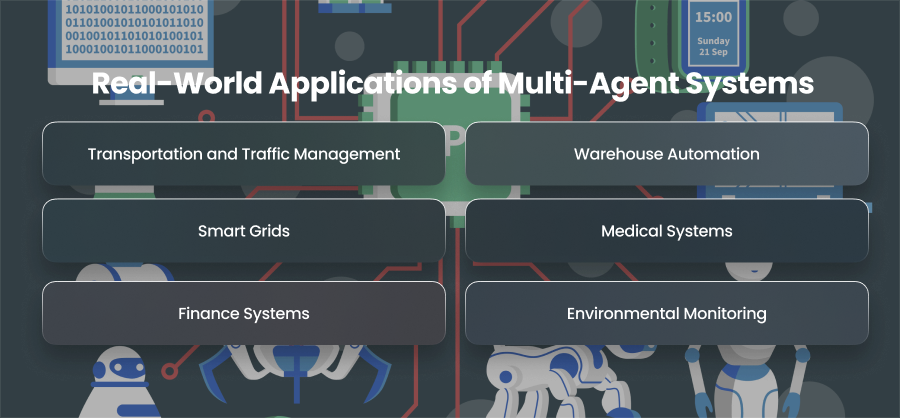
Transportation and Traffic Management
One of the most well known fields where multi-agent systems have demonstrated exceptional promise is transportation. Additionally, multi agent systems let self driving cars coordinate their motions to ensure smoother traffic flow and fewer collisions. For example, since automobiles functioning as agents can negotiate over who moves first, traffic signals are not required at intersections.
By allowing buses and control centers to exchange data about demand and congestion, multi-agent systems in public transportation networks enhance timetables and routing. Air traffic control is another critical use case, planes and control towers use multi agent systems to coordinate and manage crowded airspaces safely and efficiently.
Warehouse Automation
Fleets of robots work together to do duties like selecting and moving items in warehouse automation. One well known example is the hundreds of robots that work together at Amazon to prevent collisions and streamline processes, guaranteeing precise and prompt order fulfillment. Nature also influences swarm robotics, which employs huge clusters of basic robots to do intricate tasks collectively. The use of these swarms to agricultural tasks, like as crop monitoring, is presently being studied.
Smart Grids
With electricity going back into the grid from renewable sources like solar and wind, modern energy systems are becoming more decentralized. In order to effectively manage these dispersed energy resources, multi agent systems are essential. Moreover, in a smart grid, agents represent power plants, storage units, and households.
Furthermore, they coordinate supply and demand in real time. For example, if one areas generates excess solar energy, agents can redirect it to areas experiencing shortages. Multi agent system also enable demand-response systems, where appliances and devices act as agents, automatically adjusting usage during peak hours to prevent blackouts.
Medical Systems
In healthcare, multi agent systems improve both patient care and hospital operations. Patient monitoring systems use wearable devices and sensors, each functioning as an agent that tracks vital signs like heart rate and oxygen levels. These against share data with hospital systems, enabling early detection of emergencies.
Hospitals also use multi agent systems to optimize resource allocation and medical equipment to patients based on real time needs. In telemedicine, agents coordinate between patients, doctors, and diagnostic tools to deliver care efficiently across distances.
Finance Systems
Financial markets are inherently multi agent environments, where automated trading systems act as independent agents making decisions at lighting speeds. Multi agent systems coordinate thousands of these agents to create efficient markets. Algorithmic trading systems use multi agent systems to analyze data and execute trades with minimal human intervention.
Beyond trading, multi agent system play an important role in fraud detection, where distributed agents monitor transaction patterns across banking systems to flag anomalies in real time. They also support risk management by simulating market dynamics under different scenarios.
Environmental Monitoring
Multi agent systems are increasingly used to address environmental challenges. Swarm robots are deployed to monitor pollution levels. In agriculture, multi agent systems coordinate drones and ground robots for precision farming and pest control. Also, environmental multi agent system also support climate modeling, where agents simulate interactions between ecosystems. Furthermore, these applications highlight how multi agent systems can contribute to sustainability and conservation efforts.
Challenges of Multi Agent Systems in AI

Communication Overhead
One of the most pressing challenges in multi agent system is communication overhead. Agents often need to exchange vast amounts of information to stay updated on the system’s state and coordinate actions. This continuous information exchange can cause bandwidth congestion and decreased performance in large scale systems. An ongoing research problem is creating scalable and effective communication systems.
Coordination Complexity
Coordination gets increasingly difficult as the number of actors in a system increases. A careful balance must be struck to guarantee that everyone is working toward the same objectives without conflict or effort duplication. System failure might be caused by inefficient coordination. Although it is challenging to execute at scale, developing methods such as distributed consensus or negotiating tactics is essential.
Conflict Resolution
In multi agent system, agents often have individual goals that can conflict with system wide objectives or with each other. For instance, in autonomous vehicle networks, two cars may both want to cross an intersection first. Designing strategies for conflict resolution, whether through negotation or priority rules, is essential. The challenge lies in creating solutions that are fair and adaptable to quickly changing conditions.
Scalability Issues
Scalability remains a fundamental barrier to multi agent system adoption. Systems that perform well with a handful of agent may collapse under the weight of thousands. As the number of agents increases, the complexity of interactions grow dramatically, leading to potential peformance bottlenecks.
Security and Trust
When multiple agents interact in open or partially open environments, security becomes a concern. Malicious actors can interfere with system functions, alter results, or disseminate false information. In a similar vein, maintaining agent confidence presents significant difficulties. Mechanisms for authentication and secure communication are necessary but difficult to standardize across diverse multi agent systems.
Computational Costs
The distributed nature of multi agent system requires significant computational resources. Decision making and planning among agents can be computationally expensive, especially in real time. In domains like robotics or traffic control, delays caused by heavy computation can lead to serious safety risks. Balancing computational efficiency with accuracy and adaptability is a persistent challenge.
Standardization
Multi agent systems often involve agents developed by different organizations or using different framework. Lack of standardization maker interoperability difficult. For example, agents from two different smart grid systems can struggle to communicate or coordinate effectively. The absence of universal protocols hinders the broader adoption and integration of multi agents across industries.
Final Words
Multi agent systems represent a transformative approach to solving complex, distributed problems. Despite challenges in coordination, scalability, and their real-world application across transportation and beyond highlight their vast potential.

